1. Mercury
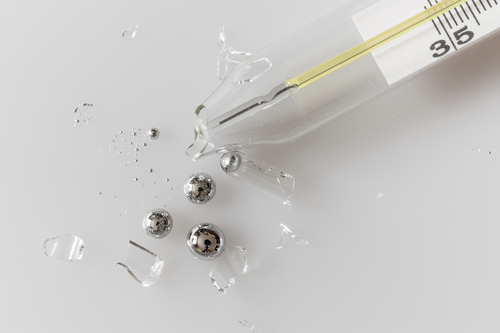
It’s hard to imagine anyone willingly swallowing mercury, but back in the day, it was believed to cure everything from syphilis to constipation. Physicians in the 17th and 18th centuries prescribed it in pills, ointments, and even vapor form, hoping it would flush out toxins says Science Friday. The logic was that if something made you sweat, drool, or purge, it had to be working, right?
Unfortunately, mercury is incredibly toxic, and prolonged exposure can damage your kidneys, lungs, and brain. Many patients developed tremors, memory loss, and mood swings—classic signs of mercury poisoning. In some tragic cases, it even hastened death rather than preventing it. Yet it remained in use for centuries because there weren’t many better options at the time adds WHO.
2. Arsenic
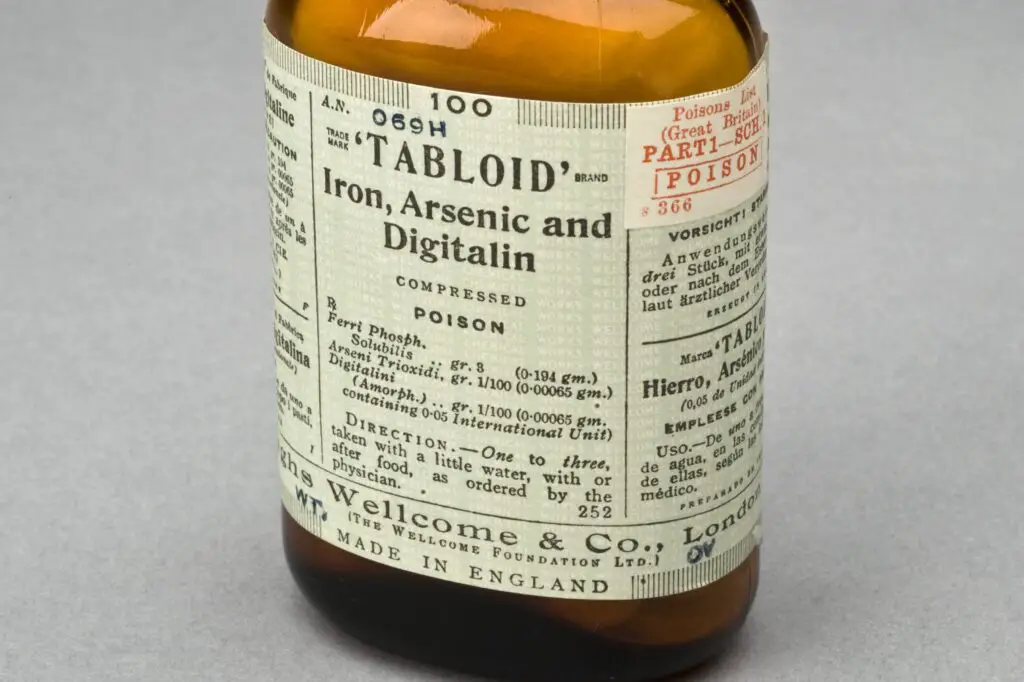
Believe it or not, arsenic was once a trendy health supplement. During the Victorian era, it was marketed to improve skin tone, aid digestion, and even combat anemia. People would take it in small doses, convinced that the benefits outweighed the risks says the NIH.
But arsenic is a known poison, and even “small” amounts can build up in the body over time. Chronic exposure led to hair loss, organ failure, and cancer. In some cases, people literally died trying to look prettier or feel better. The irony is that the very thing they thought was helping them was slowly killing them explains Healio.
3. Bloodletting

This was the go-to treatment for centuries, used to treat everything from headaches to pneumonia. The idea was simple: if you were sick, you must have too much blood. Doctors would use leeches or lancets to drain it out and “rebalance” your humors.
But losing blood when your body is already weak isn’t exactly helpful. Many patients became dangerously anemic or went into shock. George Washington, for example, was bled repeatedly during his final illness—some believe it actually contributed to his death. Today, bloodletting is reserved for very specific conditions, not as a cure-all.
4. Radium Water
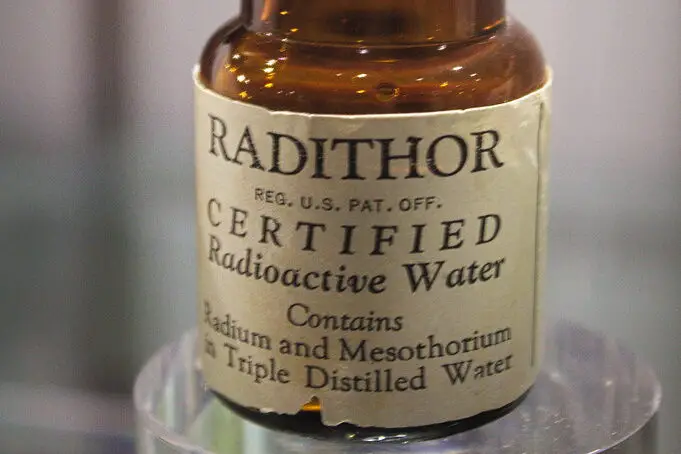
In the early 1900s, radioactive radium was the latest miracle cure. Bottled radium water was sold as a health tonic, promising to increase energy and even cure cancer. People drank it daily, believing it was infusing them with life force.
In reality, it was doing quite the opposite. Radium damages tissue and bone, and regular consumption caused horrific outcomes like jaw decay and bone fractures. One famous victim, industrialist Eben Byers, drank so much radium water that parts of his skull began disintegrating. By the time people realized the danger, it had already done irreversible damage.
5. Cocaine
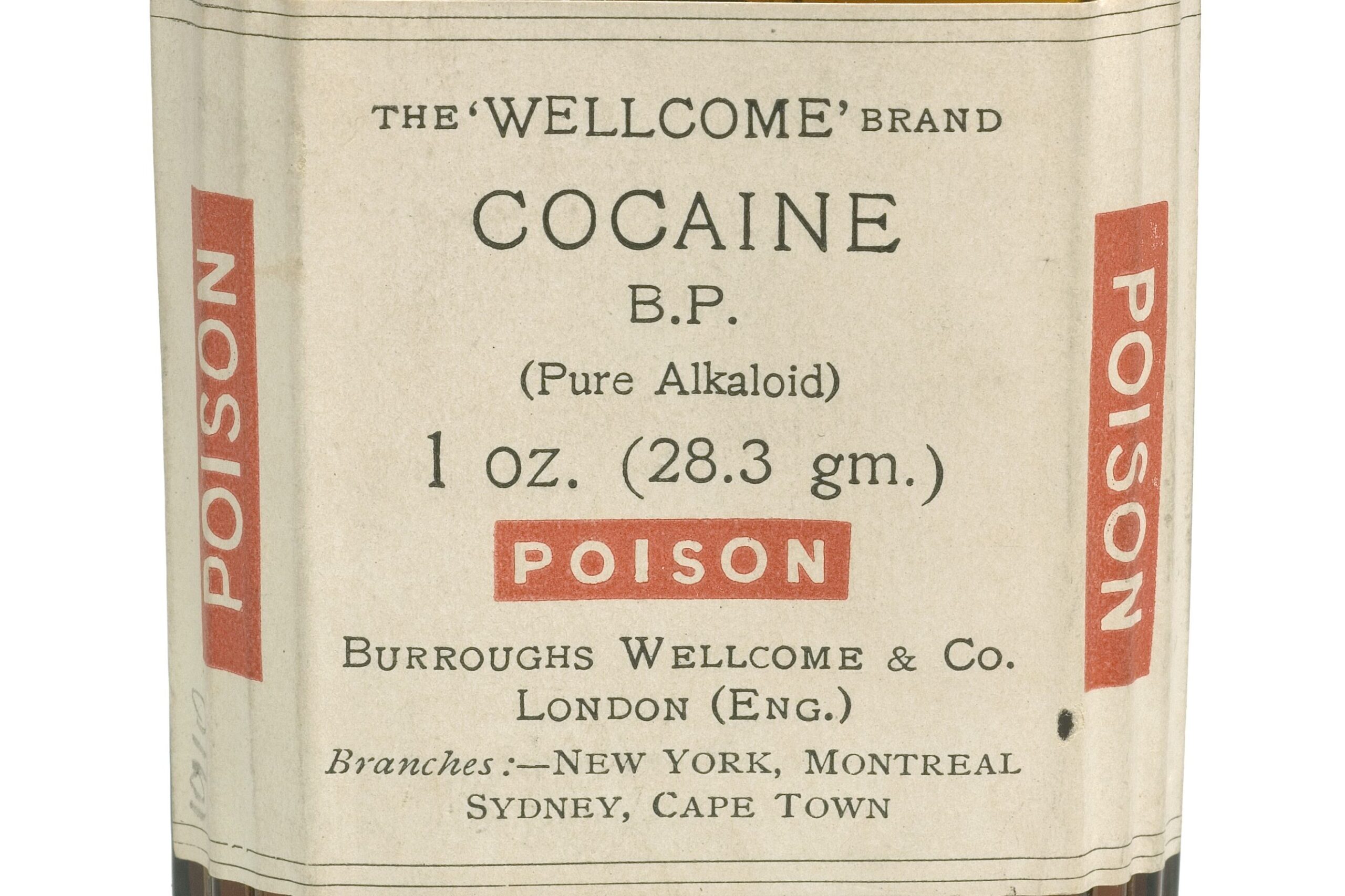
Cocaine wasn’t just an illicit drug—it used to be a common medicine. In the late 19th century, it was prescribed for toothaches, fatigue, and even depression. Sigmund Freud sang its praises, and it was even an ingredient in the original Coca-Cola.
While it did provide short-term relief and a boost in energy, it also came with severe side effects. People developed addictions, paranoia, and violent behavior. The withdrawal symptoms were brutal, and the long-term health effects were disastrous. It quickly became clear that the supposed cure was far worse than the condition.
6. Lead Makeup

Ancient Greeks, Romans, and Elizabethans all used lead-based makeup to achieve that fashionable pale look. It wasn’t just about vanity—pale skin was associated with health and high social status. But the foundation of their beauty routines was literally toxic.
Lead seeps into the skin and accumulates in the body, damaging the nervous system and internal organs. Women who used it regularly suffered from hair loss, stomach pain, and eventually death. Some even developed a ghostly bluish hue—not exactly the beauty standard they were aiming for. But it took centuries to connect the dots between their makeup and their mysterious illnesses.
7. Tobacco Smoke

Back in the 16th and 17th centuries, tobacco wasn’t just for pleasure—it was considered medicinal. Doctors recommended smoking or even inhaling tobacco smoke to treat everything from colds to constipation. In fact, tobacco smoke enemas were a real thing, used to revive drowning victims.
While it sounds absurd now, people genuinely believed tobacco had healing powers. We now know, of course, that tobacco is linked to cancer, heart disease, and lung damage. Those well-meaning treatments likely did more harm than good. It’s a classic case of good intentions going very wrong.
8. Snake Oil
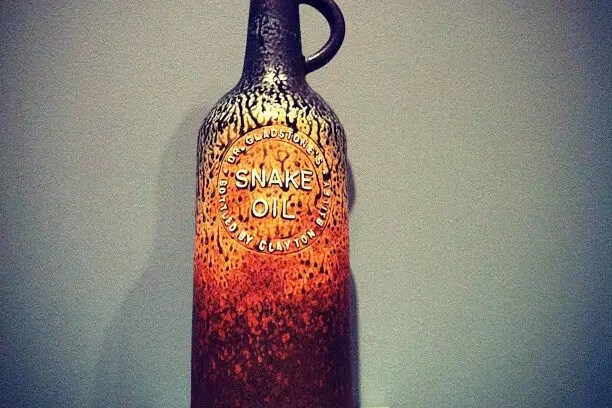
“Snake oil” has become shorthand for a scam, but it started with some actual merit—Chinese laborers used oil from Chinese water snakes for joint pain. But once American salesmen got involved, the recipe changed. It became a mishmash of mineral oil, spices, and sometimes nothing therapeutic at all.
These tonics were sold as cure-alls, promising to fix arthritis, headaches, and even depression. People spent hard-earned money on what was basically flavored oil. Worse, some versions contained harmful additives like alcohol or turpentine. Rather than helping, they often made symptoms worse—or just left people out of luck and out of cash.
9. Alcohol
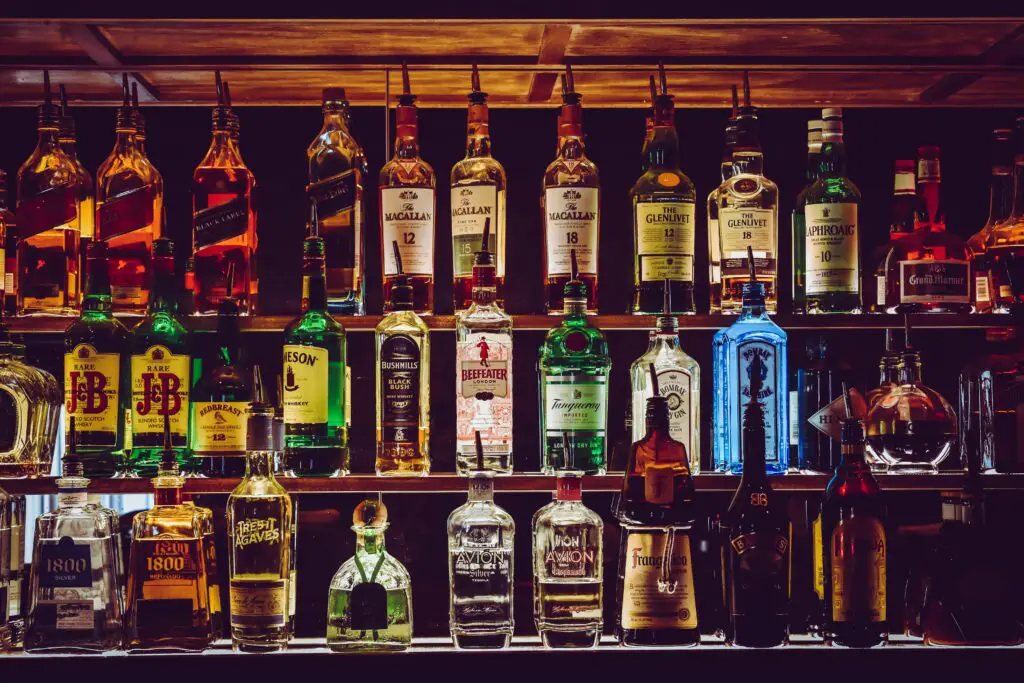
Alcohol has long been used as a remedy for anxiety, pain, and even colds. During Prohibition, doctors could prescribe “medicinal whiskey,” and it was often given to children for teething or coughs. A hot toddy was practically considered over-the-counter medicine.
The numbing effect might have made people feel better temporarily, but the consequences were real. Overuse led to addiction, liver damage, and impaired judgment. Parents unknowingly gave their kids a substance that could be dangerous even in small doses. It’s a reminder that just because something takes the edge off doesn’t mean it’s safe.
10. Heroin
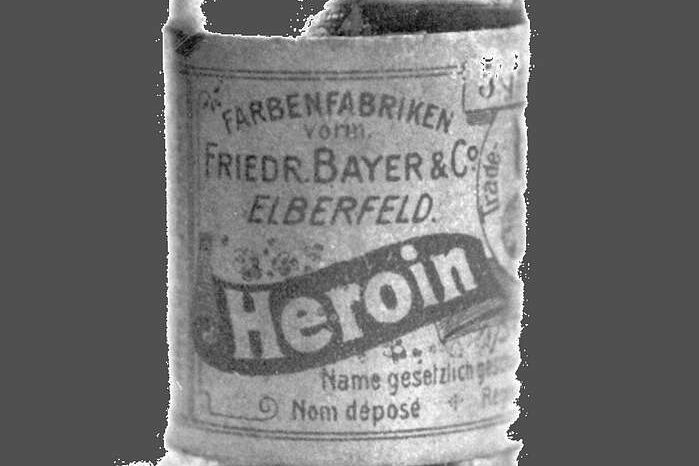
Yes, the drug we now associate with devastating addiction was once sold as a cough suppressant. Bayer introduced heroin in the late 1890s, touting it as a non-addictive alternative to morphine. Doctors prescribed it for coughs, colds, and pain.
It worked a little too well. Patients felt euphoric and kept coming back for more. Before long, it was clear that heroin was extremely addictive—sometimes even more so than morphine. The “miracle drug” ended up creating a wave of dependency that lasted generations.
11. Raw Liver

At one point, raw liver was considered the ultimate superfood, especially for those with anemia. It was packed with iron and B vitamins, so doctors encouraged patients to eat it daily. In some hospitals, they even blended it into drinks for easier consumption.
But eating raw liver comes with serious risks. It can carry parasites or bacteria like E. coli and salmonella. Some people got sicker trying to cure their fatigue. While liver still has nutritional value, most experts recommend cooking it thoroughly now—for good reason.
12. Moldy Bread
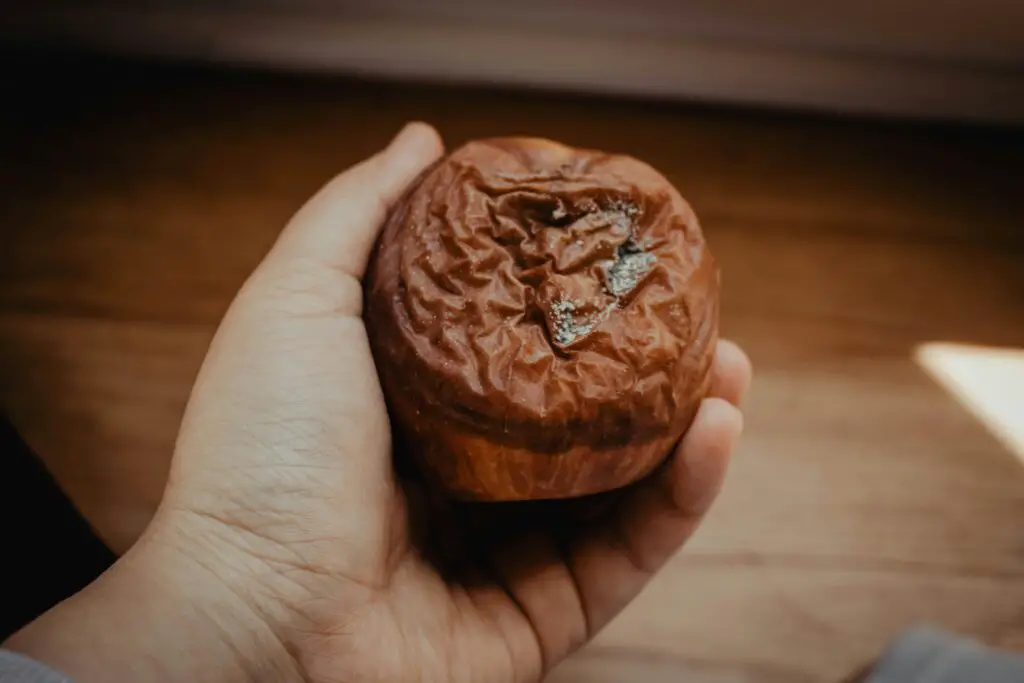
Ancient Egyptians and Greeks applied moldy bread to infected wounds, believing it had healing properties. Oddly enough, they were partially right—some molds do produce antibiotics, like penicillin. But they didn’t know which molds were helpful and which were harmful.
So it was a bit of a gamble. Some infections might have improved, but others got worse due to toxic molds or contamination. There were no sterile techniques, so open wounds were left vulnerable. What started as an intuitive remedy could end in a much more dangerous infection.
13. Carbolic Acid
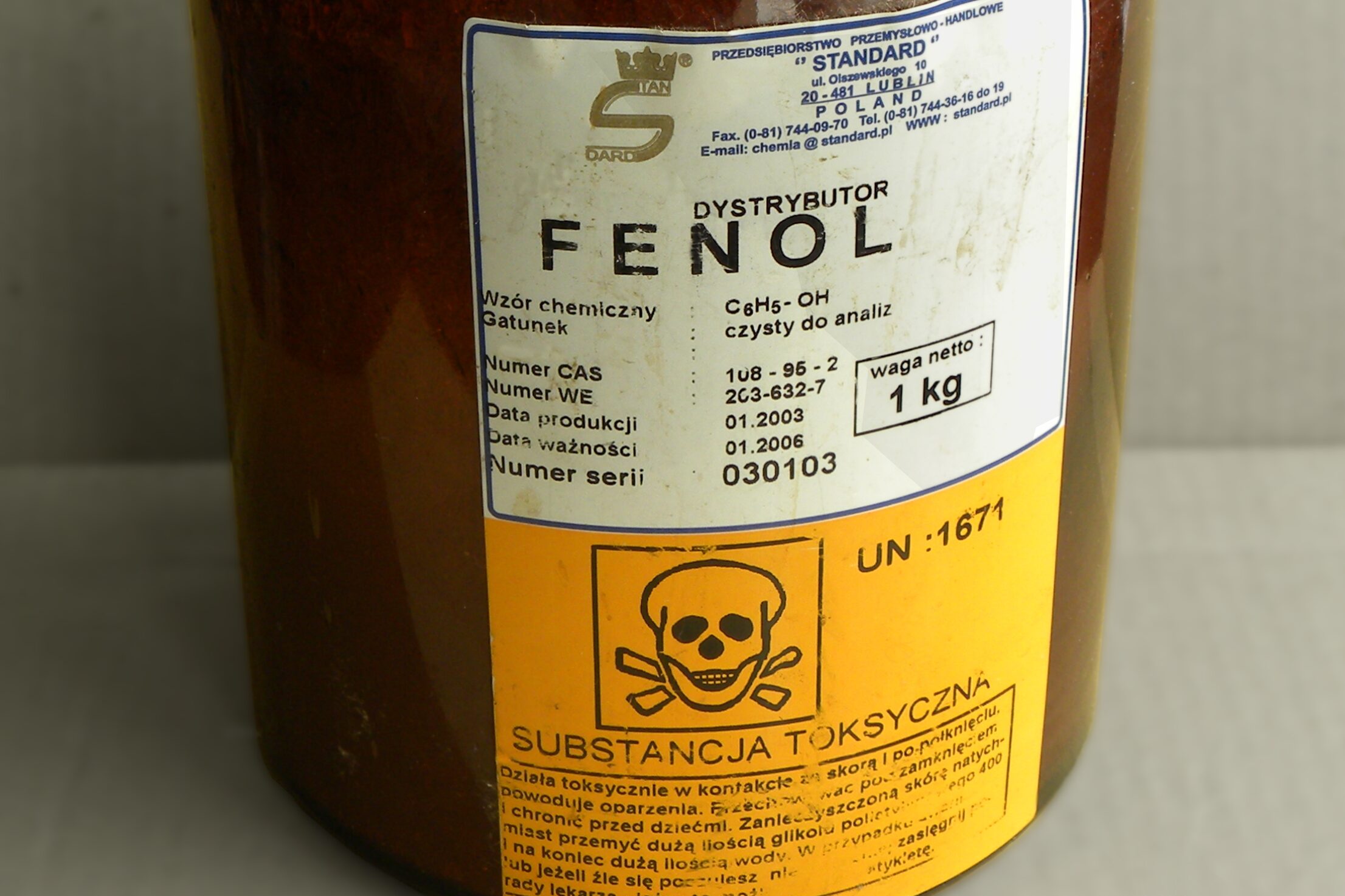
Carbolic acid (or phenol) was one of the earliest antiseptics used during surgery. It was revolutionary in reducing infection, but some believed it could be used internally too. So people drank it or used it in lozenges to treat sore throats and digestive issues.
That turned out to be a terrible idea. Carbolic acid is corrosive and toxic when ingested. It damaged internal organs and caused severe chemical burns. While it had its place in sterilizing tools, using it like cough syrup was a disaster in the making.
14. Butter on Burns

For generations, it was common wisdom to smear butter on a burn to soothe the pain. It felt cool and creamy, so it made sense to people looking for quick relief. Grandmas everywhere swore by it.
But butter actually traps heat in the skin, making the burn worse and slowing healing. It can also introduce bacteria, increasing the risk of infection. Doctors now recommend cool water and sterile dressings instead. What seemed like a soothing home remedy may have made a painful situation even worse.
